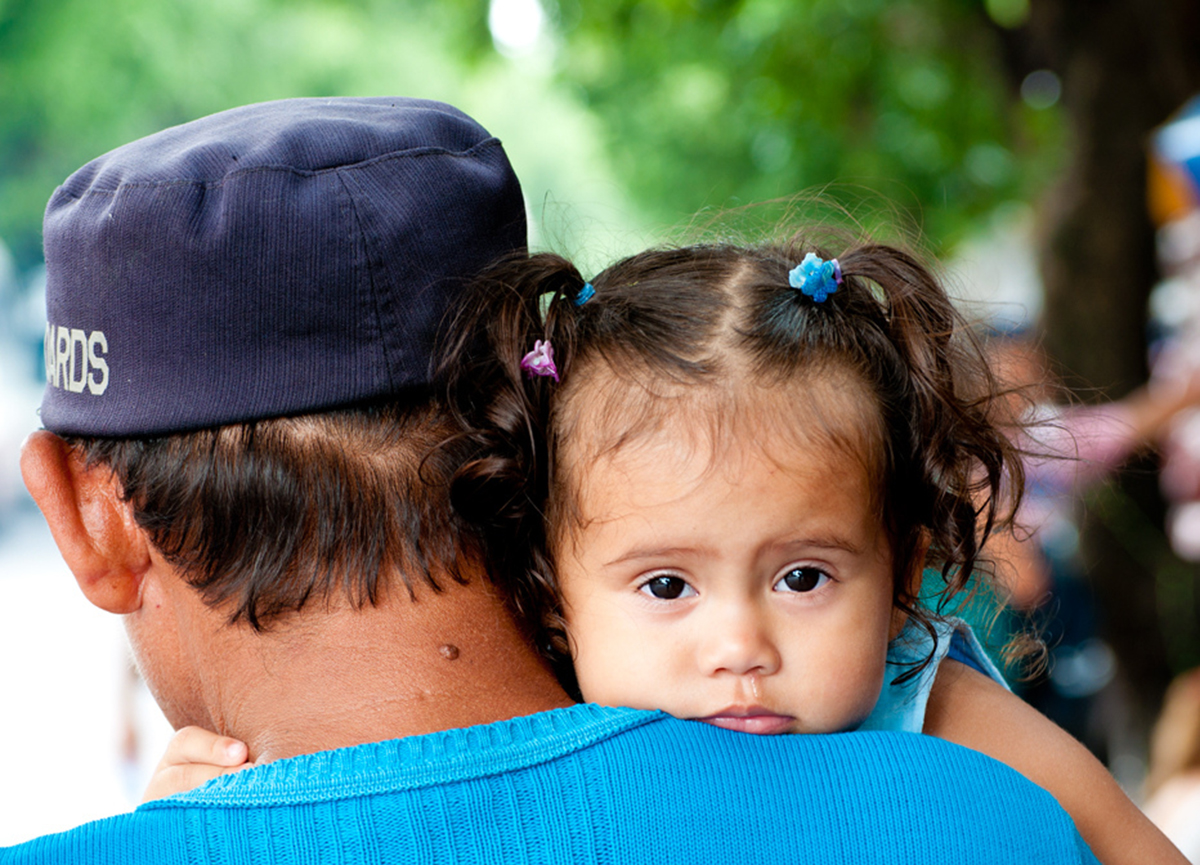Table of Contents
Respiratory Syncytial Virus, referred to as RSV, is a contagious infection that causes respiratory illness. The condition can be serious in some situations.

RSV Outbreaks Are Very Common in Children
Most RSV infections occur in late fall through early spring, although infections can happen at any time of the year.
The infection is spread easily, which explains why most children are infected at some point. The virus is transmitted in a few different ways. Breathing in respiratory droplets from someone who is infected with the virus is one way it is spread. Respiratory droplets become airborne when a person sneezes or coughs and saliva escapes into the air.
The virus can also live on objects, such as toys and doorknobs. When a person touches a contaminated object or surface with the virus and then touches their nose, eyes or mouth, they can become infected. Since young children are not the best at washing their hands and they often have their hands in their mouth, the virus spreads quickly through daycare centers and preschools. Infants and young children also often catch the infection from older siblings who have the virus.
Diagnosing RSV
A diagnosis of RSV is often made based on symptoms and certain diagnostic tests. Symptoms of RSV in children usually include a runny or stuffy nose, fever, which is often low-grade, and a cough. Some children also develop a headache and sore throat. When adults contract RSV, they usually have cold symptoms including a runny nose and cough.
If the infection affects mostly the upper airway, the symptoms mentioned above are the most common. Some children may also develop lower airway symptoms, which can cause narrowing of the airways and wheezing.
After a physical exam and medical history is taken, a swab of the inside of the patient’s nose may be taken. The procedure is quick and involves inserting a cotton swab into the nasal cavity to obtain a small sample of mucus. The fluid is analyzed in the lab to detect the presence of the respiratory syncytial virus.
See Also: Flu Spray More Effective Than Flu Shots For Young Children
A chest X-ray is often recommended to determine if airway swelling is present. If a child or infant tests positive for RSV, they can usually be treated at home. If symptoms are serious, the child may require hospitalization. Very young infants with RSV, especially those less than three months old, may be hospitalized as a precaution in order to be closely monitored even if symptoms are not severe.
- www.cdc.gov/rsv/clinical/labtesting.html
- http://www.mayoclinic.org/diseases-conditions/respiratory-syncytial-virus/basics/complications/con-20022497Photo courtesy of Simon Daniel Photography by Flickr: www.flickr.com/photos/simonnpowell/8192001809
- Photo courtesy of Casschin by Flickr: www.flickr.com/photos/casschin/4375640511

